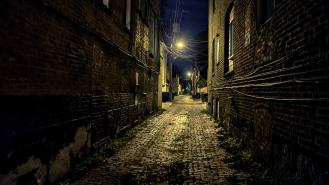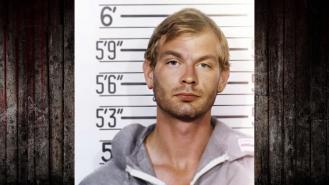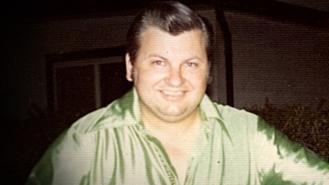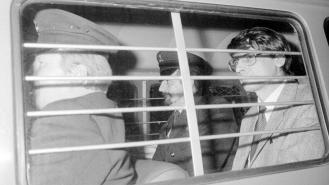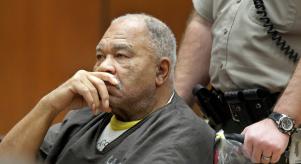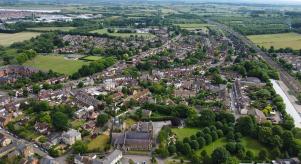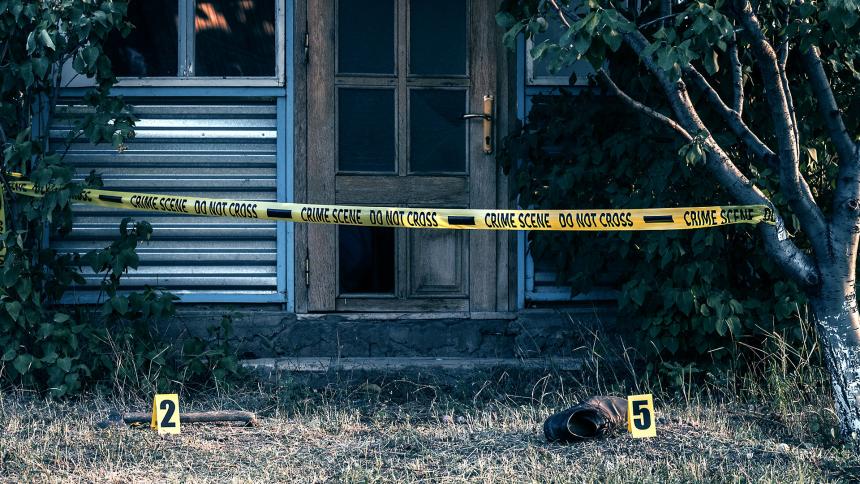
Serial killers and their gruesome residences
To your average Joe or Joanna, a ‘house of horror’ consists of a separate kitchen and dining room, a mould issue in the bathroom and some Japanese knotweed in the garden. To an avid true crime buff, however, the term brings to mind something much more macabre.
Most serial killers commit their depraved acts locally, within a few miles of where they live. Many though, will stalk, kidnap and murder in secluded public spaces or in the homes of their victims. Many, but not all.
To some twisted murderers, the act of killing is one they prefer to indulge in at home. In the comfort of their abodes. In doing so, they almost make the residence an accomplice. They infect the building, poisoning the thing. A killer can make a building seem evil.
These are some of the most infamous houses of horror from serial killer history...
25 Cromwell Street, Gloucester, England (Fred & Rose West)
Easily the most infamous example of the serial killer house of horrors in Britain can be found in the west country city of Gloucester. Or, at least, it used to be found there.
Cromwell Street is a relatively quiet little road. Before February 1994, it had such a low profile, even most of the local townsfolk would have been hard-pressed to tell you how to get there. But after police excavated the grounds of number 25 and discovered the remains of several young women buried in both the cellar and garden, the place instantly became notorious.
Fred & Rose West’s grim dwelling was acquired by the local council in 1996 and was very quickly - and quietly - razed to the ground. To stop pieces of the house from being sold on the black market murderabilia circuit, the entire thing was literally ground to dust. To the very last brick.
Gruesome features: Basement ‘sex dungeon’/torture chamber. Patio full of human bones.
Apartment 213, 924 North 25th Street, Milwaukee, USA (Jeffrey Dahmer)
The majority of the flats in Milwaukee’s Oxford Apartments were quite nice affairs back in 1991. On the face of things, apartment 213 looked pretty clean and cosy too. A one-bedroomed furnished affair with all mod cons, it was full of well-watered pot plants and flanked by arty prints on the walls. Visitors would have no clue as to the dreadful things that went on inside. Often not until those stomach-churning acts were being inflicted upon them.
The truth about the unfathomable violence, torture, murder, decapitation and cannibalism that Jeffrey Dahmer would become infamous for would only be uncovered once neighbours complained of a foul smell emanating from the place. In retrospect, the bangs, screams and chainsaw sounds would later chill those that lived in the same building as The Milwaukee Monster.
When raided by police, bones, skulls, hands, torsos, scalps and even severed sex organs would be discovered in the apartment.
Gruesome features: Large acid vat, perfect for dissolving bodies. Sizeable freezer with plenty of room for human hearts.
'Murder Castle', West 63rd Street, Chicago, USA (HH Holmes)
Later known as ‘Murder Castle’ because of the incredible number of homicides carried out there by its owner, at the time (the later 19th century) it was simply called ‘World’s Fair Hotel’. Built to cash in on the increase in tourism created by the 1893 Chicago World’s Fair, it was owned and run by one Herman Webster Mudgett, also known asDr Henry Howard Holmes. Or, more infamously, as HH Holmes.
Hanged in 1896 for the murder of his business partner Benjamin Pitezel, Holmes confessed to 26 more killings. The reality is that the con artist and cold-blooded killer likely slew many, many more men and women, all for financial gain. His kill count could tip a shocking 200.
The Murder Hotel had some 100 rooms, yet this was no ordinary boarding house. Built to spec for Holmes’ murderous pursuits, it was - according to the press of the time - customised specially for a devious serial killer. How much was sensationalist journalism and how much was true is hard to say; in 1895, a suspicious fire saw the place burn down.
Gruesome features: Stairs that lead to nowhere. Basement stoves big enough to fit humans. Rooms that lock from the outside. Multiple trapdoors. Chutes that go directly to the basement. Soundproofed rooms. Acid vats. Gas chambers. Torture rooms.
8213 West Summerdale Avenue, Norwood Park, Chicago, USA (John Wayne Gacy)
29 bodies were buried beneath the property of one of the world’s most notorious ever serial killers, John Wayne Gacy. ‘The Killer Clown’ - named for his penchant for delighting local kids with a fun/retrospectively terrifying clown act - was a prolific murderer of young men in Illinois in the 1970s.
Head there now and you’ll find a delightful 3-bedroom/2-bathroom property with a large feature fireplace and roomy loft. This 2,5000 sq. ft. house isn’t the one Gacy killed and stashed countless victims in, however. The original house of horrors was a large ranch-style abode that was torn down in ‘79.
Gruesome features: A large basement complete with a bar and pool table is perfect for entertaining guests. The crawl space underneath the property offers plenty of room to make sure those guests never have to leave.
12205 Imperial Avenue, Cleveland, USA (Anthony Sowell)
Between 2007 and 2009 serial killer Anthony Sowell murdered 11 women and dumped their remains around his three-storey Ohio home. 'The Cleveland Strangler' was eventually caught when his neighbours caught some of the strange smells wafting out of his constantly open windows. The stench was not that of natural gas, which some locals had dismissed it as. When called in, it didn’t take Cleveland Police long to find Sowell’s grotesque collection of body parts.
Gruesome features: Multiple crawl spaces. Basement with several large pits dug out. Unique aroma in bedrooms.
195 Melrose Avenue, Cricklewood/Flat 23D Cranley Gardens, Muswell Hill, both London, England (Dennis Nilsen)
Scottish multiple murderer Dennis Nilsen killed a dozen young men in two London residences between 1978 and 1983. He would lure his vulnerable victims back to his Cricklewood and Muswell Hill flats. There, he would strangle and/or drown the men. Once dead, he would undress the bodies, clean them and pose them, interacting with them in a variety of mundane but also perverse ways. Nilsen would then dissect the corpses and dispose of the parts in a myriad of inventive ways.
Organs would be dumped in parks or simply left to rot in the back garden. Some bonier parts would be burned in the back garden of 195 Melrose Avenue. But when ‘Des’ (as preferred to be called) moved to Muswell Hill, he lost access to a garden. So he had to get creative with his human remains disposal.
Skulls, hands and feet were repeatedly boiled to effectively evaporate flesh. Parts were buried under floorboards. Flesh and smaller bones were flushed down the toilet. It would be the latter technique of disposal which would prove to be Nilsen’s undoing. It turns out that there’s a finite amount of human remains that a domestic plumbing set-up can handle before they block up and need attention.
Gruesome features: Large outside space for BBQs. Durable plumbing.
